Copper broadband has long been the technology of choice when connecting to the internet. However, today’s needs demand a faster, more reliable internet, leading to a shift toward fiber-optic technology.
Learn more about copper internet and how your business can prepare for the eventual phaseout of copper networks.
Table of Contents
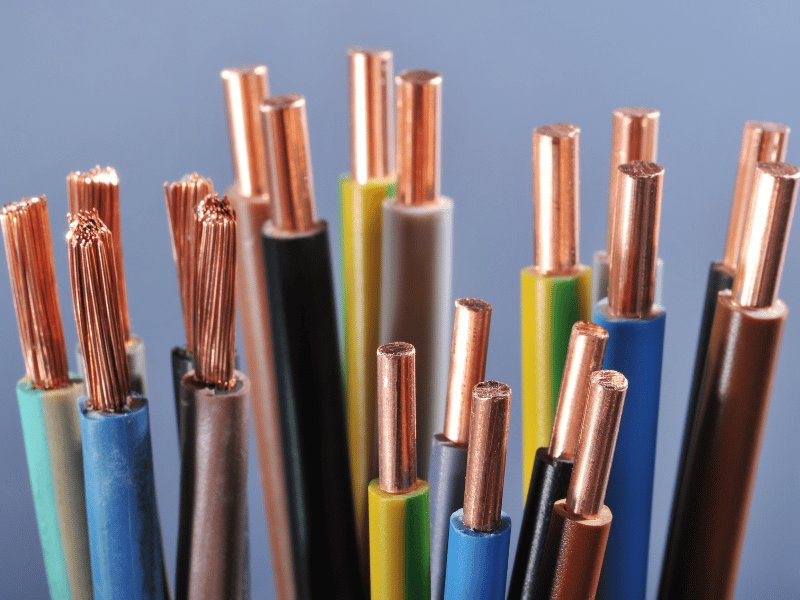
What Is Copper Broadband?
Copper broadband is an internet connection using traditional copper phone lines to transmit data. The technology works by sending electrical signals over twisted pair copper wires. These lines were originally designed for voice communication but have been adapted to support copper wire internet services such as ADSL (Asymmetric Digital Subscriber Line) and VDSL (Very High-Speed Digital Subscriber Line).
Copper broadband can be traced back to Alexander Graham Bell’s invention of the telephone in 1876. Bell patented the twisted pair copper wire in 1881, giving the world the modern telephone system. Over the decades, the copper phone line evolved:
- 1889 – Loading coils were invented, which led to the development of thinner copper wires that extended phone lines’ range.
- 1953 – Bell Laboratories developed the world’s first “DataPhone” modem, which achieved a speed of 50 bits per second (bps).
- 1960 – Stanford and UCLA computers communicated using a 50lbps phone line, which showed that copper can be used for data transmission.
Copper became a medium for broadband internet in the late 20th century. ADSL, introduced in 1999, brought speeds of 6 Mbps to millions of households. Newer copper connection technologies have enabled faster internet speeds–ADSL2+(up to 20-24 Mbps), VDSL2 (up to 80 Mbps), G.fast (330 Mbps), and MGfast (up to 10Gbps).
However, while these innovations have attempted to push the limits of copper technology, they still face significant challenges. For instance, they can’t maintain signal quality over long distances. Today, copper broadband is increasingly viewed as outdated because of growing data demands and technological advancements.
Related Read: AT&T Copper Network Retirement
Limitations of Copper Broadband
Copper internet cable is revolutionary, but has several limitations:
1. Speed constraints
Copper broadband speeds diminish significantly over distance. A University of Cambridge study mentioned in ISPreview shows that ADSL2+ may offer speeds up to 20 Mbps within 1.5 kilometers of the exchange but drop to just 1-2 Mbps at 5 kilometers or more. Even more advanced technologies like G.fast struggle to maintain performance over distances exceeding a few hundred meters.
2. Signal interference
The higher frequency spectrums required for fast speeds are more susceptible to interference and degradation. You may notice slower connections and unstable service if you’re using copper broadband.
3. High maintenance costs
Maintaining copper networks is expensive. It needs complex infrastructure with amplifiers, batteries, and air systems that often fail and need frequent serving. It’s also harder to find trained servicemen as the technology becomes obsolete.
4. Energy inefficiency
Copper networks require more energy than fiber optic cables, a more modern and sustainable alternative. This leads to higher costs and a greater environmental footprint. Fiber may have higher initial costs but has lower power consumption.
5. Limited scalability
Copper broadband’s physical properties limit its ability to meet the world’s growing demands for faster internet. Your business may use streaming, cloud computing, and virtual reality apps, all of which require greater bandwidth.
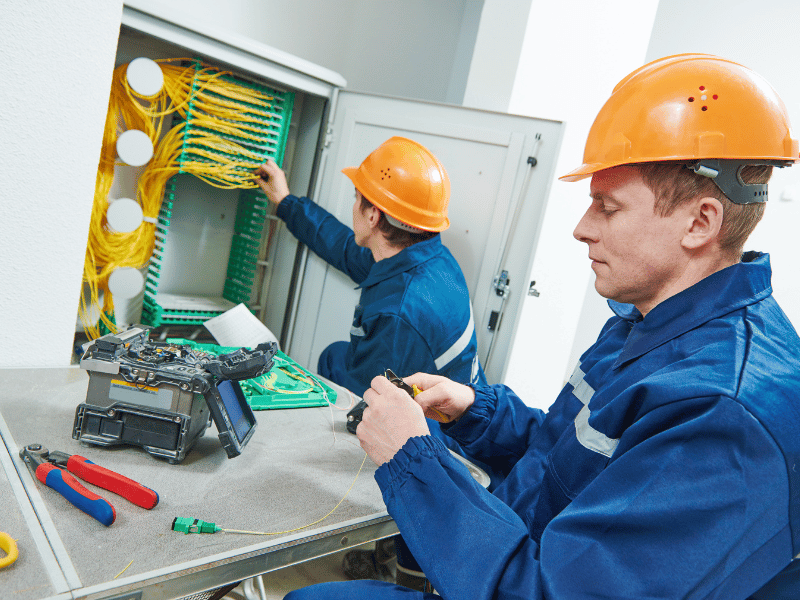
Why Is Copper Broadband Being Replaced
More homes and businesses are transitioning to fiber optic broadband, which is faster and more reliable. Eventually, copper broadband will be completely replaced by fiber. Here’s why:
Fiber offers better performance than copper broadband
Fiber optic cables transmit data using light signals, offering virtually unlimited bandwidth and consistent performance over long distances. Fiber isn’t affected by electromagnetic interference like copper is.
Fiber is less costly than copper broadband in the long run
A fiber internet connection is more expensive than a copper connection. However, think of this an an initial investment that will bring bigger benefits. In the long term, copper broadband’s operational costs are much higher and its infrastructure requires more maintenance.
Fiber is more environmentally friendly than copper broadband
Fiber networks consume less energy. Transitioning to fiber aligns with global sustainability goals. Eventually, copper networks will be completely phased out to reduce energy consumption and electronic waste.
How to Prepare for the Copper Cable Network Phaseout
The best way to prepare for the copper network switch off is to start planning to transition to fiber networks. Migrating to fiber won’t be difficult with careful planning:
- Identify areas of your business operations that depend on copper broadband
- Evaluate if your internet connection meets your needs
- Research fiber providers and compare your options
- Work with your fiber provider to create a transition plan that minimizes the impact of downtime as you transition to fiber
- Prepare your IT team to update existing hardware and software systems to work with fiber networks
- Research wireless service providers such as digital fax, VoIP, and cloud computing apps to maximize the benefits of a fiber connection
Copper broadband still exists today, and many businesses depend on copper networks. However, entrepreneurs and companies that want to be sustainable should start planning their transition to a fiber network. Copper internet has served businesses for centuries. However, a modern business requires a faster, more reliable internet connection that can be provided by fiber internet.
The copper broadband phase-out will affect how businesses send and receive faxes. With faster fiber connections and digital services, switching to digital faxing is more practical and cost-efficient.
iFax’s digital fax solutions work on wireless connections using fiber internet. You can fax wirelessly and get instant email updates for outgoing and incoming fax deliveries.
Request a free demo today.



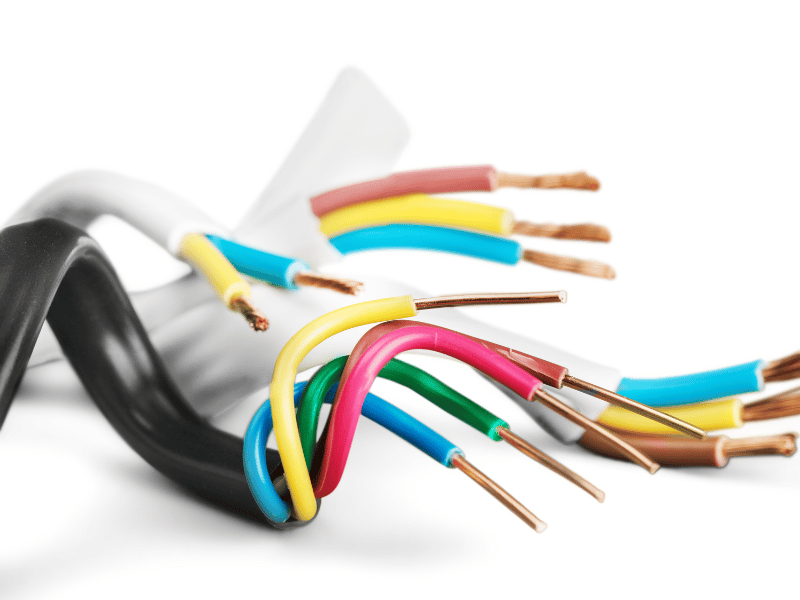

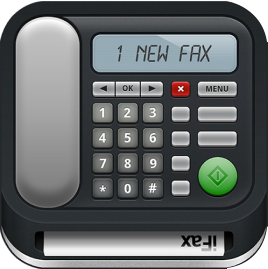
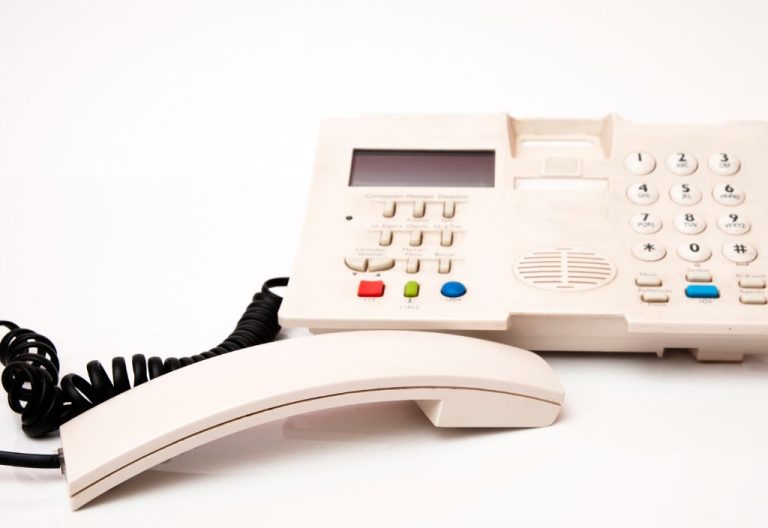
![What Is PSTN and How It Works: Complete Guide [2025] What Is PSTN and How It Works: Complete Guide [2025]](https://www.ifaxapp.com/wp-content/uploads/2025/01/what-is-pstn-768x528.png)
